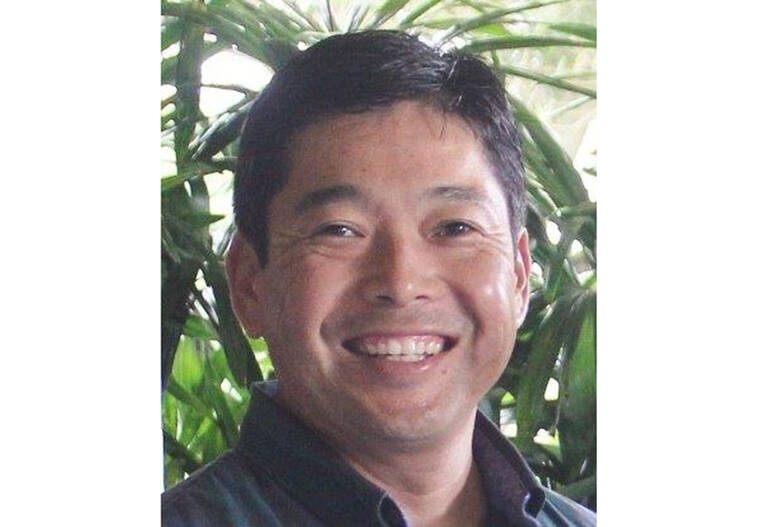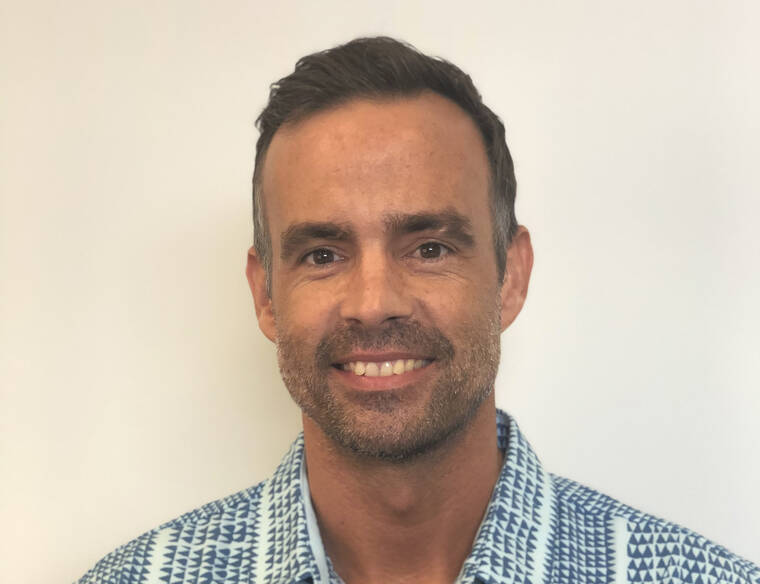Hawaii County will not be reinvesting in certain water infrastructure destroyed by the 2018 Kilauea eruption, public officials said Thursday.
During a public informational meeting on Zoom about a series of proposed water infrastructure improvement projects in Puna, Keith Okamoto, chief engineer for the Department of Water Supply, said the county will not be pursuing restoration work in Kapoho and would be hard-pressed to justify restoration work in areas in Lava Zone 1 that have been inundated by lava.
“This was a tough decision, and we don’t take it lightly,” Okamoto said.
County Planning Director Zendo Kern said that it doesn’t make much financial sense to reinvest in areas where a significant portion of the population is moving away from.
Kern noted that the majority of people whose homes were destroyed by the eruption have moved elsewhere on the island, and that the county’s Voluntary Housing Buyout Program — wherein people can apply to have their lava-impacted properties acquired by the county — has had more than a 90% participation rate by eligible property owners so far.
Using $30 million in funds from the Federal Emergency Management Agency, and an additional $10 million in state loans, the county could pursue some of 13 proposed water improvement plans, which have a collective cost of about $55 million. Of those plans, only one takes place inside the area directly impacted by the 2018 lava flows.
That plan is an estimated $6 million project to restore water service to Isaac Hale Beach Park, as a necessary step to reopening the Pohoiki Boat Ramp.
Okamoto said the county has an existing commitment to reopen the ramp because of its importance to the nearby community, but if restoring water to the ramp is impossible, a separate $100,000 plan to install a boat wash at the park could be pursued instead.
“We’re going to have to think outside the box for the waterline,” Okamoto said, saying the residual heat from the lava flows is still probably enough to critically damage parts of the line.
Because of this, any Isaac Hale waterline that is constructed might not be a conventional buried line.
The other proposed projects involve improvements to various waterlines in communities such as Kalapana, Pahoa or Nanawale, or installments of additional wells, generators or other equipment at existing water facilities.
Okamoto said the goal of such projects is to increase the resiliency of those areas by adding redundancies for critical infrastructure.
Thursday’s presentation was met with a certain amount of skepticism from Puna residents. Resident Paul Kuykendall was dismayed to see how few projects have been proposed for the places most affected by the eruption.
“It seems the buyout program is being used to justify moving funds out of lower Puna,” Kuykendall said.
Kuykendall thanked the county for working to restore water to Pohoiki, but noted that “The terrible irony is that, if that project fails, none of that money will make it into lower Puna.”
Amedeo Markoff, president of the Mainstreet Pahoa Association, a nonprofit that works on behalf of businesses in Pahoa, said he believes the success of the buyout program has been overblown, saying that he knows many people who have applied for a buyout but do not intend to take it.
If that is so, Markoff said it is premature to commit to projects outside of lower Puna before it is clear how many people actually intend to leave the area.
Kern said the county has an obligation to commit to any of the 13 projects by May 2022.
More information about the proposed projects, and a link to provide feedback about them, is available at tinyurl.com/ypkbkv32.
Email Michael Brestovansky at mbrestovansky@hawaiitribune-herald.com.









